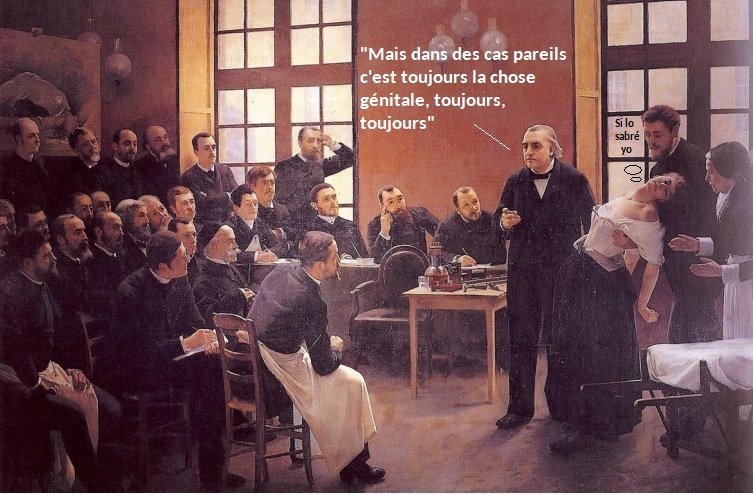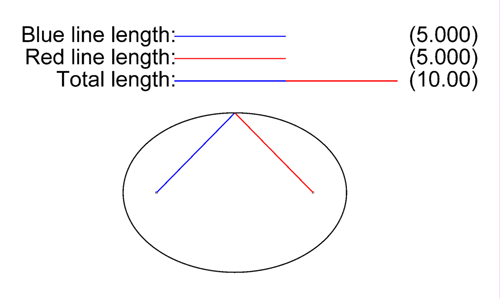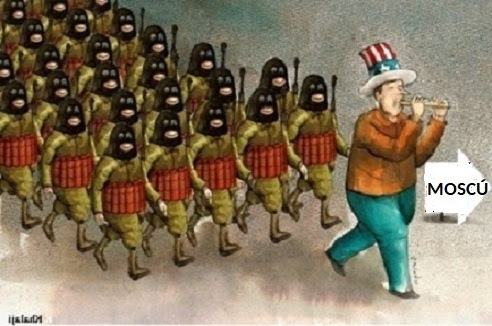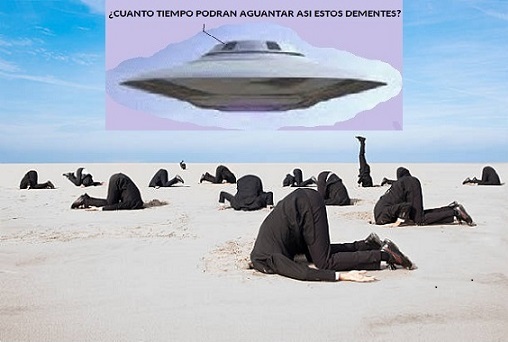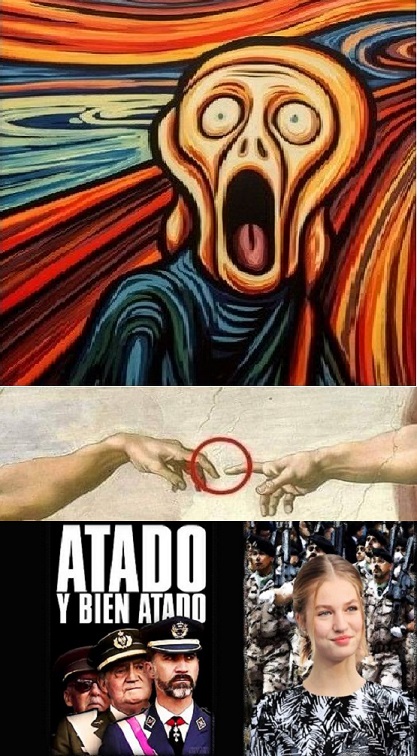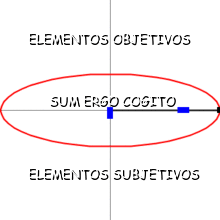The infinite serenity that pervades Buddhist religious images is due largely to the beatific smile playing around the corners of the mouth of most Buddhas and Bodhisattvas. The graceful pose of the feet, the sinuous curves of drapery and upper torso, are climaxed by a smile expressing indescribable bliss.
The recognition of feelings, emotions, arid passions through outward signs and expressions (pathognomic), which have been studied in the West since Sir Charles Bell's Essay on the Anatomy and Philosophy of Expression (London, 18o6), did not exist in ancient India. To Buddhist artists the smile was rather an allegory of the belief that death is release from samsara, the wheel of rebirth, and that nirvana, extinction, therefore, is bliss. The smile entered Buddhist art relatively late in its history; it is necessary first, then, to investigate its origin and the reasons for its adoption.
The Great Enlightenment of the Buddha took place in samadhi, or complete absorption. This state of highest meditation was the aspiration not only of all Buddhists but of uncountable yogins before and after Buddha. Samadhi is characterized by the stilling of all bodily senses as well as of all thoughts. (Ataraxia o 'epojé' , en filosofia: suspension de juicio; aunque ello tambien conlleva 'aporia', callejon sin salida)
It is a temporary state of loss of self-consciousness, and the yogin who has achieved this supreme feat of concentration no longer cares whether he smiles or not. As long as a yogin is still conscious of his own smile, he has not achieved samadhi. During the meditation that led to the Great Enlightenment, according to the earliest sources, Buddha went through a series of trances. During the fourth trance he rose beyond all those sensations, physical and mental, which could produce a smile. "Abandoning pleasure and abandoning pain, even before the disappearance of elation and depression, I attained an abode in the fourth trance, which is without pain and pleasure, and with purity of mindfulness and equanimity." .
In the famous sermon to the Five Monks he stated, "the learned noble disciple feels loathing for the body, for feeling, for perception, for the aggregates, for consciousness. Feeling disgust he becomes free from passion, through freedom from passion he is emancipated, and in the emancipated one arises the knowledge of his emancipation . . . ."
(En otras palabras: corto el pulso existencial...para escapar de él: decidió no tener hambre ante la imposibilidad de no comer. Una 'sonrisa' a los 'hambrientos' del mundo seria una buena estratagema)
Similarly, the Dhammapada deprecates sensations that could lead to a smile. "The wise do not show variation (elation or depression), whether touched by happiness or else by sorrow.. . ." "If you make yourself still as a broken goftg you have attained nirvana, for agitation is not known to you." "He who formerly was thoughtless and afterwards became reflective (sober) lights up this world like the moon when freed from a cloud." "From enjoyment arises grief, from enjoyment arises fear. To one who is free from enjoyment there is no grief.. . ." (Estúpido argumento) "Him I call a brahmin who like the moon is stainless, pure, serene, undisturbed, in whom joyance is extinguished."
The ethos of primitive Buddhism precludes that expression which we recognize and describe as a smile. When the Dhammapada speaks of happiness and bliss (XV: 204), it is the happiness of nirvana—extinction of all physical, emotional, and mental sensations. The slow development of Mahayana metaphysics overshadowed the harshness of primitive, or Hinayana Buddhism, and it is significant that there were no anthropomorphic images of the Buddha until about the first century a.d. in the Gandhara School.
But even the rise of Mahayana doctrines does not satisfactorily explain the characteristic smile of the Buddha, for the first anthropomorphic images of Buddha were of the contemporary Gandhara School and were of sober and serious mien.
(.....)
Images of the Buddha do not stand or sit smiling blissfully or mysteriously as symbols of warm human relationship or of love; indeed, Gautama began his quest for the truth by abandoning his mother Maya, his father Suddhodana, his wife Yasodhara, and his son Rahula. The smile of the Buddha obviously cannot derive from such intensely human relations. But there are several other possibilities for the smile. There is the smile not only of the healthy and the loving, but also of the sick and the lonely.
There are several styles of art with a definite smile, such as the Greek Archaic and Etruscan; and, finally, there is the smile of the dead. Whatever the source, there must be a compelling relationship between the smile and Buddhist teachings.
Although the smile as such is judged as a symbol of intelligence, a fixed smile is a sign of vacuity. There are several disorders and conditions which produce a so-called smile—senility, aphasia, and others, such as cataplexy and Huntington's chorea. A symptom of the latter disease is the contraction of the facial muscles resulting in a so-called smile combined with fatuous euphoria. Also, Wilson's disease (hepato-lenticular degeneration) produces spasms as well as a characteristic smile, in younger patients giving "a curious complacent aspect to the features.... some patients smile constantly.". Buddha, however, was a person of unusual intelligence and tremendous will power, as demonstrated by the years of yogic training before the discovery of the Four Noble Truths and the Eightfold Path. He was familiar with Upanishadic, Brahminical, and yogic thought and used rigorous logic in many of his discourses. We reject, therefore, the smile of the disturbed, insane, and senile as a possible source for the smile of the Buddha, as sculptors conversant with Buddhist spiritual tradition would not have looked to this source for inspiration.
(....)
The smile of the Buddha, then, does not derive from the normal smile of human beings, which is a sign of love, communication, and human relationship. Nor is it the smile of the sick and the insane. And any influence from Greek Archaic art has been dismissed. There remains one last possibility, the apparent smile of the dead, the ''risus sardonicus''. There is, indeed, a remarkable connection between the smile of the dead and that of the Buddha who has "overcome life" and is "dead to life."
Buddhism has an awareness of the phenomenon of physical death, as does Hinduism, from which it sprang. Hinduism traditionally has had an extraordinary preoccupation with death and has worshiped it in the form of Kali, the fierce and black consort of Shiva who, in one of his aspects, is the cosmic destroyer. As far back as the Veda there is Yama, the Lord of Death, who "is still to some extent an object of terror." The Upanishads declare death to be an illussion which can be overcome by correct knowledge. This did not, however, end the preoccupation with death; its denial did not wipe out the inevitable, but it did, at least, teach its acceptance.
(....)
Gautama Buddha did not come to teach men how to live more happily; he taught the Way of overcoming life. The most important tenet of Buddhism is expressed to artists and worshipers alike in an easily grasped, compelling manner —through the blissful smile. It is an idealized expression of the desire to die to the world and to enter upon the path of liberation which ends in nirvana.
Buddha's smile could have been inspired only by the observation of the apparently blissful smile of corpses, which was interpreted as a meaningful, almost intelligent reaction to death as a wonderful, desirable, and superior state of being, as the long tradition of Hindu and Buddhist thought implies. This smile, the so-called ''risus sardonicus'', produced by a contraction of the facial muscles in rigor mortis, must have made a startling impression upon the prescientific minds of Hindus and Buddhists. It seemed proof that the dead had an experience that was pleasurable. It was this interpretation, or misinterpretation, that led to the smile in Buddhist art, the most exquisite allegory of death in the entire history of art.
That the 'risus sardonicus' sometimes conveys the expression of indescribable bliss is illustrated by the well-known death mask of L'Inconnue de la Seine. This unknown woman drowned herself in the Seine early in the twentieth century, and a sculptor who saw her body in the Paris morgue was so struck by her beauty that he cast her death mask. The similarity to certain Buddhist images of the Wei period is striking. The same ethereal smile suggests an experience of unearthly beauty.
(....)
In Buddhist art there are five recognizable types of smiles: hidden, implicit, explicit, sublime, and stereotype.
--The hidden smile appears in certain examples of the Gandhara School . The mouth is relaxed with gently curving vermilion borders, or edges of the lips. The position of the mouth, in spite of the undulating rima oris, is horizontal. The ''anguli oris'' are drawn neither upward nor backward but are slightly deepened and, in some cases, drilled so as to cast a slight shadow. The orbicularis oris is indicated. The expression is mild and serene.
--The implicit smile has a barely perceptible upward curve of the 'rima oris', but the anguli oris are much deeper so as to cast a strong shadow. The slightly protruding vermilion border of the upper lip has a tendency to curve upward and merge into the buccinator as a continuous form; the orbicularis oris, therefore, is understated. The content expression is similar to that of some Egyptian Eighteenth Dynasty portraits.
--The explicit smile has the mouth slightly stretched backward and upward. The rima oris curves up, noticeably contracting the buccinator. The anguli oris are deeply carved, and the orbicularis oris is indicated. The expression is one of satisfaction and happiness. This type of smile does not appear in those Gandhara sculptures which are patterned after Graeco-Roman prototypes, but it appears in examples from Mathura, which are based upon native Hindu traditions, and continues into the Gupta style and even beyond into non-Buddhist Hindu art. The absence of the explicit smile in Gandhara scriptures is demonstrated by the strong downward curve of the rima oris, which gives the face a sober expression. Some Gandhara carvings, however, have a serene, pensive expression due to the wide open-eyes, as in certain bas reliefs in the Peshawar Museum. In other words, the first smiling Buddhas derived from a Hindu tradition which employed the smile as an allegory of release (moksa) and nirvana, two concepts entirely foreign to the Greek world view.
--The sublime smile is the most inward and ecstatic smile in Buddhist art and is characteristic of two styles: Wei and Cambodian art of about the twelfth century a.d. In this type of smile the rima oris curves strongly upward, the anguli oris are pulled upward and backward, and the orbicularis oris is noticeable. The vermilion borders of Wei and Cambodian sculptures are strongly delineated. The buccinator, particularly in Wei sculptures, is contracted and rather heavy. It is not as prominent, although it is noticeable, in Cambodian carvings, where the lips tend to flatten, if not stretch. The expression of sublimity is enhanced by the squinting eyes, as well as by the raised eyebrows, of Wei sculptures, and by the closed eyes of Cambodian images.
--The stereotype smile is indicated by the marked upward curve of the rima oris, bordering on a smirk in certain examples. It seems frozen and perfunctory. Often the 'rima oris' is V-shaped or parted. It is the result of repetition by rote. The stereotype smile, U- or V-shaped, appears early in some examples of the Gupta style and becomes a characteristic of most Buddhist styles after the explicit or sublime stage has been achieved. With exceptions, the smile becomes slightly stereotyped in India with the Gupta style, but it becomes entirely frozen in the Pala and later styles. It becomes stereotyped in Thailand after the thirteenth Century and in China with the Tang Period. In Japanese Buddhist art the sublime smile is not known; the implicit and hidden smiles and sober expressions appear at random. The stereotype-sober expression is a variation which occurs intermittently in the arts of China and Japan.
(....)
.........................................................
"The Eclipse of Symbolism"
Peter Fingesten
University of South Carolina Press, 1970
































































































































































































